On May 20 I arrived in Sierra Leone and immediately began researching several things in order to develop an Agricultural Development plan for a landholder of three properties near Daru in Southern Sierra Leone. The region has, as most of the tropics, a rainy season that runs from about June until about November. During this time it rains from daily to most of the time, though it is still quite warm, in the upper 80’s and 90’s F. The rest of the year it is hotter and produces almost no precipitation at all. This makes for difficult agriculture as one might imagine.
The specific landholdings in Southern Sierra Leone consist of primarily heavily forested areas, which is different than the impression I was given prior to physically examining the property. This is why it is important when doing design work, to get an actual site visit when possible. There are several plots that are cleared or a”brushed” and most of this was cleared utilizing the detrimental “slash and burn” method of clearing. The Slash and burn technique has been shown to deplete the soil of nutrients and elements such as Potassium that are important for plant growth and health.
One of the strategies in formulating a plan is to evaluate the dietary needs and preferences of the area. I spent a bit of time in the market in the city of Kenema examining the offerings and attempting to see what was selling well. I ate with the locals for two weeks and became intimately aware that the diet was primarily built on a base of Cassava and Rice. Additional frequent sides are pineapple and Plantain. The diet is very high in Carbohydrates and very low in protein. Very few green vegetables are served. The exception was the occasional Cassava Greens and Sweet Potato greens.
While in Sierra Leone I witnessed several funeral parades. I asked the landholder the primary cause of death locally. He said they don’t really know that because people just die. In other words, there is no medical evaluation as someone is declining and they die of whatever ailment they have. The life expectancy in the United States is almost 79 years. The life expectancy in Sierra Leone is just under 52 years. In the US, the primary cause of death is Heart Disease. In Sierra Leone, the rate is affected by the high rate of death for children, primarily by preventable nutritional deficiency related disease. Of course many die from Heart disease as in the US, but unlike the US there are few options for diet improvement in much of West Africa. We choose to eat poorly in the US.
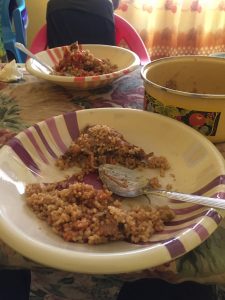
Rice with small fish parts (head and bones included) in a spicy sauce for dinner. The most common meal provided me.
While it is difficult to grow many of the nutritionally rich plants in the tropics that those living in temperate climates are familiar with, there are species specific to the tropic that have excellent nutritional qualities, as well as strategies for building the soil in areas that were slash and burned. The strategy in design for the landholder in southern Sierra Leone will be to include some of these species and practices.
The list of species and strategies includes the following which I will explore in further detail in future posts:
Moringa, Pigeon Pea, Neem, Inga Alley-Cropping, Beekeeping, Goat Farming, Palm Oil Palm, and Amaranth.
The Landholder is a pastor of a church in Daru and his heartfelt desire is to improve the health and nutrition of the people there.
I appreciate those of you supporting this development effort.
If you would like to support the effort financially (I am doing the design work gratis and there are many expenses), support can be sent via PayPal: narrowpassagepermaculture@gmail.com
Checks can be sent to Michael Cooley P.O.Box 45 Woodstock VA 22664. If you desire a tax record make check payable to “Emmanuel Church of Fischer’s Hill” with “Michael Cooley Mission work” in the memo space.
Thanks!
Michael
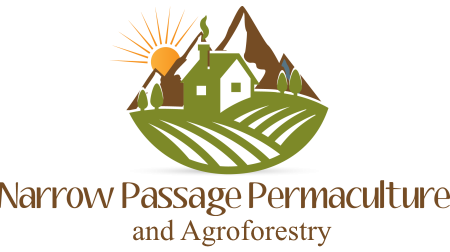

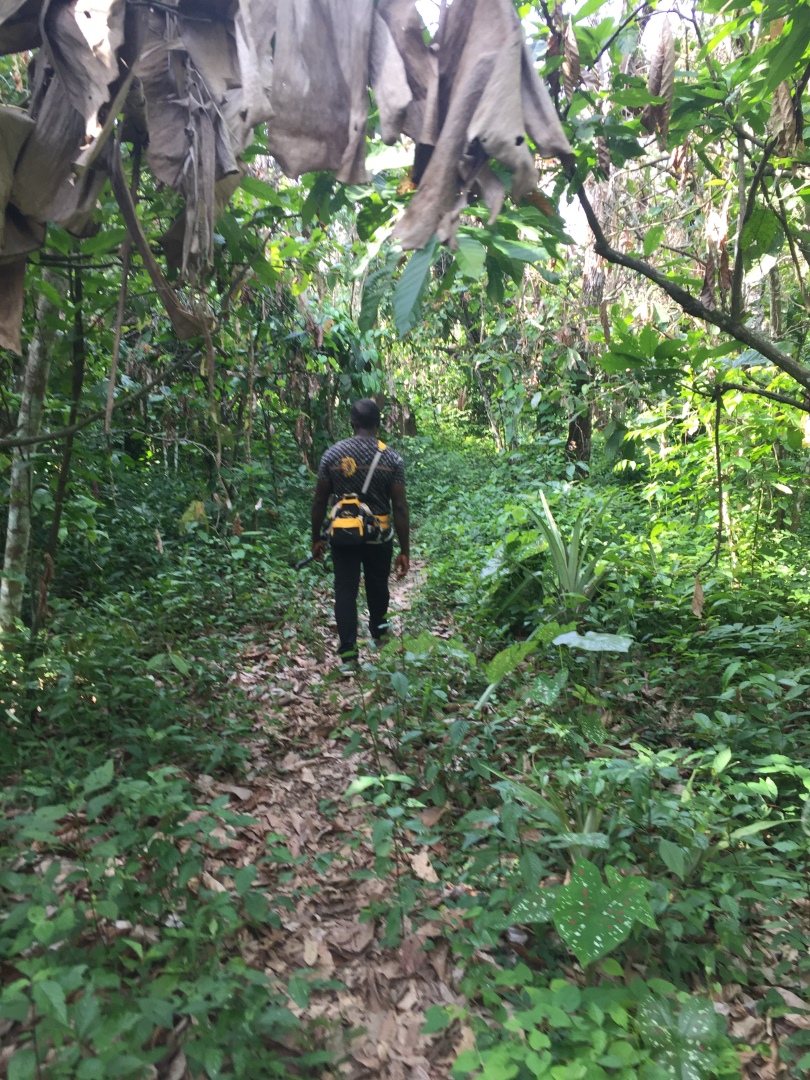
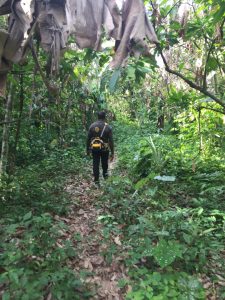
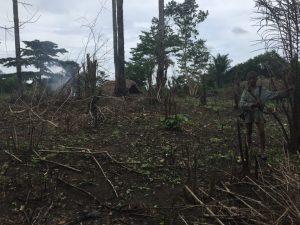
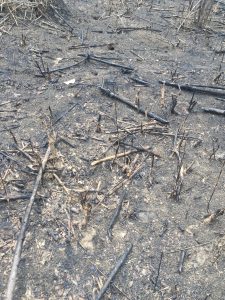
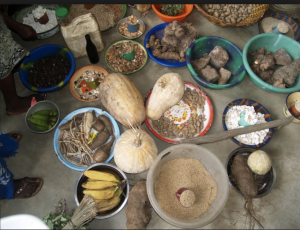
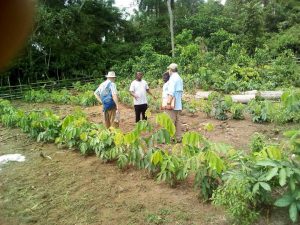
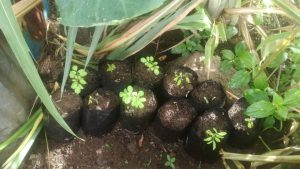
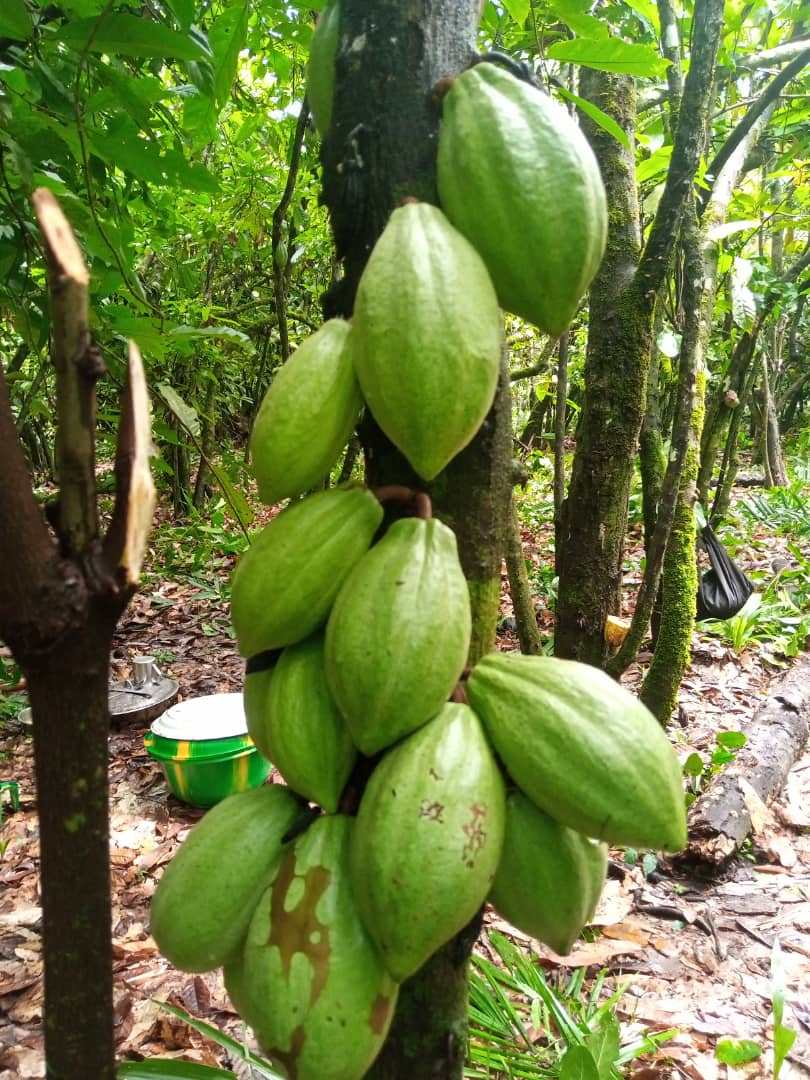
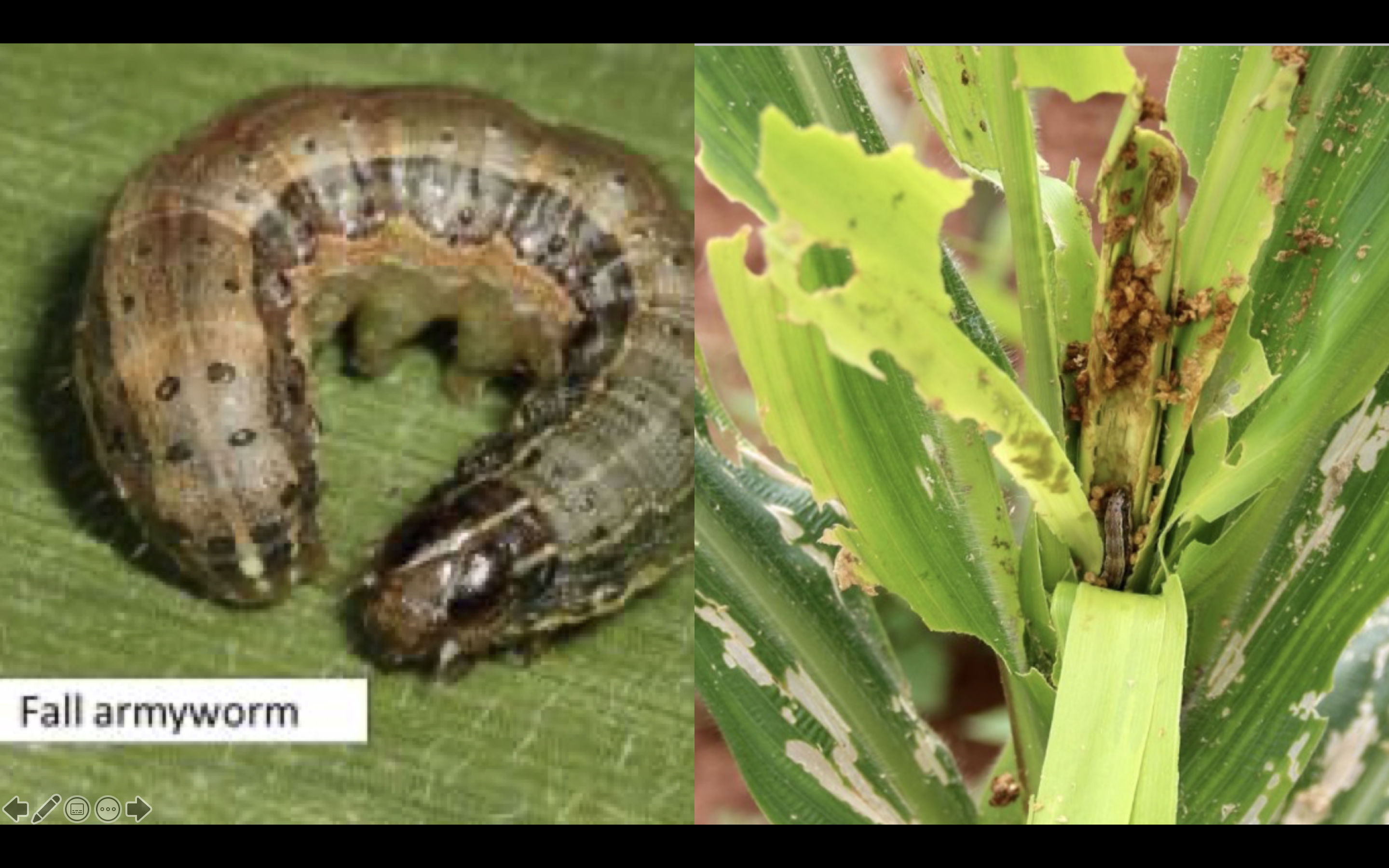
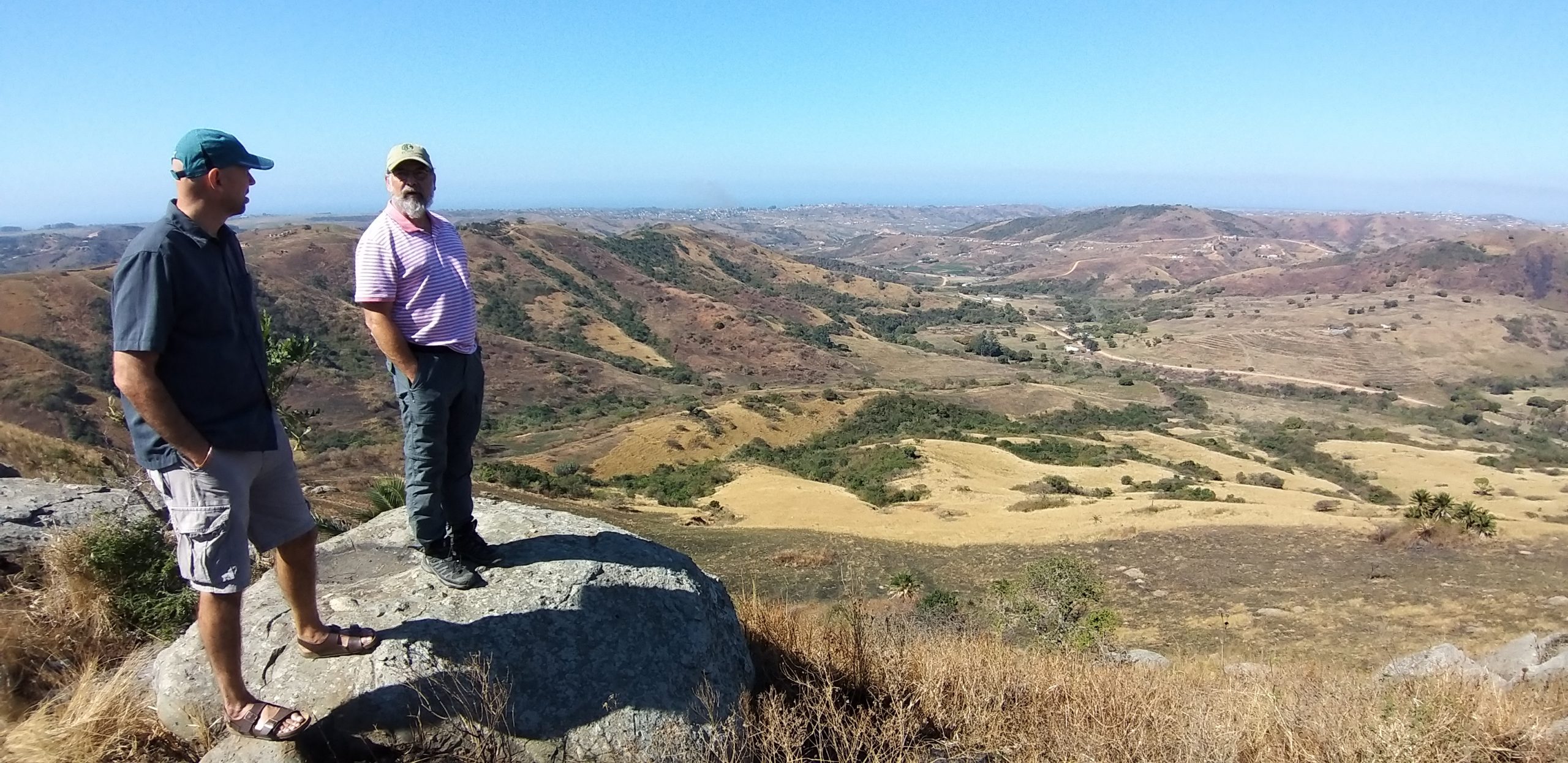
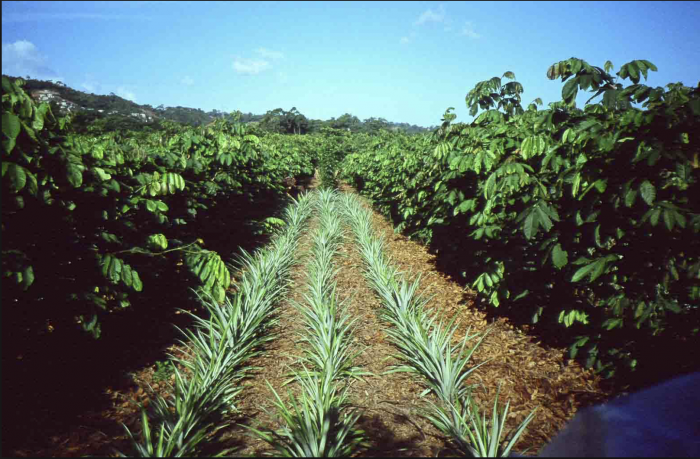

Leave A Comment
You must be logged in to post a comment.